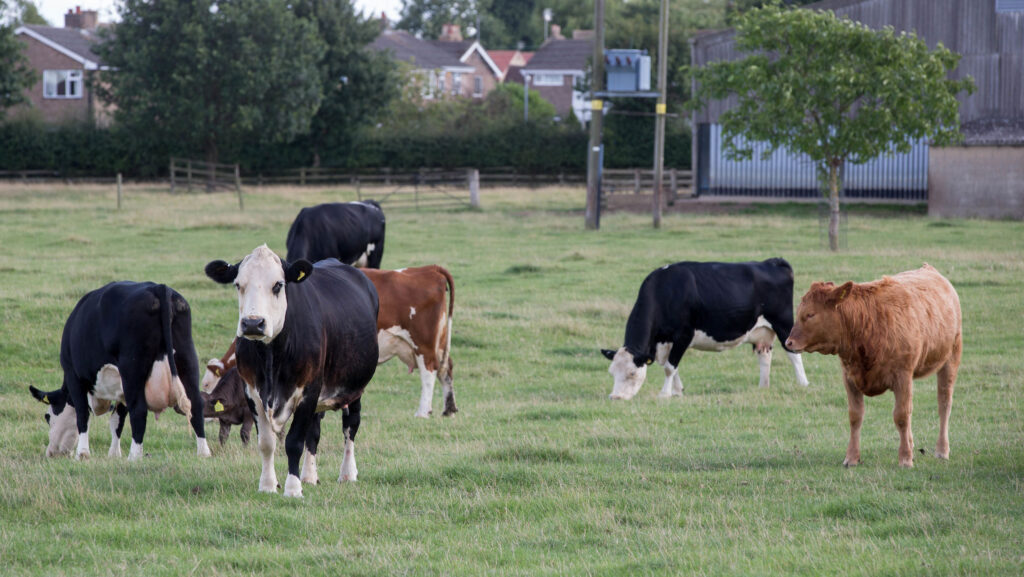Cattle industry adds new risk level to Johne’s certification
 © Tim Scrivener
© Tim Scrivener A new Johne’s risk level is being established to give farmers more information when buying cattle from herds in health schemes.
A star rating for cattle classed as low risk for Johne’s disease will be launched by Cattle Health Certification Standards (Checs) on 1 October.
The new Risk Level 1* (RL1*) will be awarded to RL1 herds that have had a negative blood test for Johne’s. The number of years they have held RL1* status will be shown in brackets.
See also: How dairy farm is controlling Johne’s while buying-in cows
The following examples show the new risk level among the existing levels:
- RL1* (5 years) A herd that has had at least three clear annual tests and negative blood tests for, in this case, five years
- RL1 A herd that has had three clear annual tests, but has had a positive blood test for Johne’s (herds will not qualify for RL1* status if they subsequently test negative on a faecal sample)
- RL2 A herd’s most recent test was clear and has had one or two clear annual herd tests
- RL3 A herd that has had less than 3% of animals testing positive for Johne’s
- RL4 A herd with more than 3% of animals testing positive for Johne’s
- RL5 Herds that may be testing and are not adhering to the Checs Johne’s Disease control protocol.
RL1* will not be published until 1 October 2025 to give all scheme participants the chance to test and qualify for the accreditation. It can then appear in catalogues and pen cards.
Herd health
Checs executive director Tim Brigstocke said the new level had come from listening to concerned vets, breeders and industry.
“As we know, control is not a straightforward process, but it’s one in which data plays a huge part.
“The introduction of this new risk level will provide those involved in buying in stock with more information to help them reduce the risk of bringing Johne’s disease into their herd.”
Checs vet director Keith Cutler reminded farmers that serology (blood) tests had high specificity, so it was “highly likely” that blood-positive animals would be infected with Mycobacterium avium subspecies paratuberculosis (MAP), the cause of Johne’s disease.
“Faecal testing remains relevant to try to define whether an animal with a positive blood test is shedding MAP in its faeces and to guide the management of that animal within the herd,” he said.
“But retaining this animal in a herd, irrespective of a negative faecal test result, is a high-risk strategy.”
